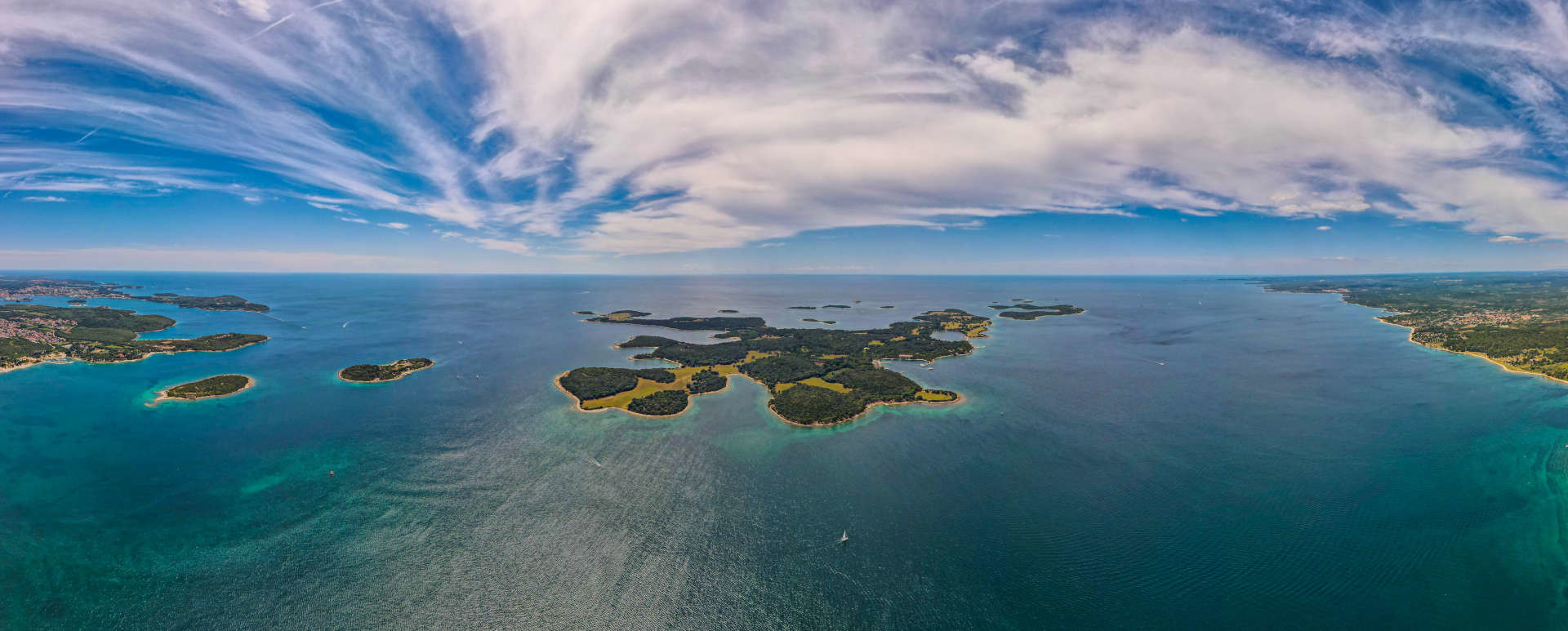
The Brijuni islands are a group of fourteen small islands in the North Adriatic. They gained worldwide fame in 1956 when the Brioni Declaration was formed there. The biggest island is called Veliki Brijun Island and is only 2km away from the city Fažana on the coast, making it very accessible!
For its unspoiled beauty, it became a National Park in 1983.
One of the best things about The Brijuni Islands is the extremely rich and interesting flora and fauna. The flora on the archipelago has typical Mediterranean characteristics and the islands host about 600 indigenous plant species. There is a lot of exotic vegetation on the islands received from foreign statesmen while the islands were under Yugoslavia. There are some endangered species of Istria that are widespread and develop freely on the islands! Because of its ideal microclimatic conditions, The Brijuni Islands are a home to many imported animals, that acclimated to the climate. Inside the National Park there is an ethno-park that presents a typical Istrian homestead with its autochthonous animal species. As well as the ethno-park, there is a Safari Park on the main island that is a home to exotic animals such as nilgai, zebu, an Asian elephant and zebras. Also, in the seas of Brijuni there is a very rich seabed of sponges, shellfish, sea urchins, fish etc. In the past, some species that were never seen in the Adriatic were found near The Brijuni islands.
Brijuni islands will surprise you in many ways, but probably the biggest peculiarity is more than 200 dinosaurs footprints spread around Veliki Brijun, on Cape Vrbanj and Cape Ploče.
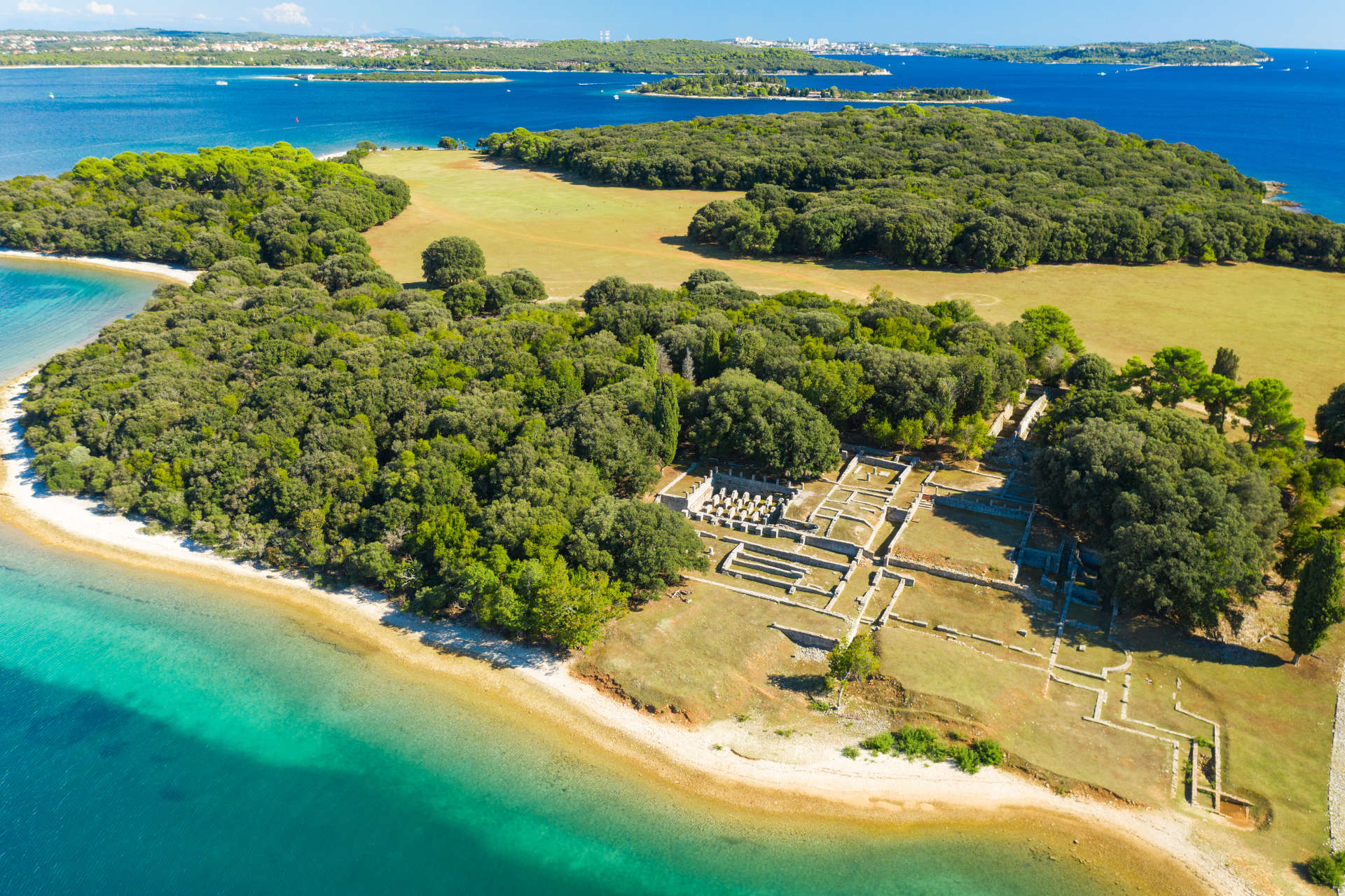
Veliki Brijun is also home to one of the oldest olive trees in the Mediterranean, more than 1600 years old and still giving olives for the olive oil production. The Byzantine castrum and St. Mary’s Basilica are worth a visit. The castrum area spreads on around 1 hectare area in Madona Bay. There are findings that evidence of Roman Empire, Eastern Goths, Byzantium, the Carolingian period and Venice at the same location. Roman villa rustica, located on the west coast, Verige bay, was built in the 1st century B.C., and some of its parts were used until the 6th century. You can see summer residence on the south coast with temples built in honour of Neptune and Venus. There is a permanent exhibition set and Education and Interpretation Centre at the Boathouse, unusual building from in 1902.
Best way to enjoy the nature and the history of Brijuni is to take the educational trail Zelenikovac or even educational underwater trail. You may indulge the path of good vibrations made for stress release and regaining your balance and harmony, or take the Belvedere trail and explore the Austro-Hungarian summer houses. There is always a good old bicycle and 13 kilometres of the trail that will lead you through all the major traits of Brijuni, from the Safari and Etno park, golf course, archaeological sites, etc. Trail is accessible even to cycling beginners.
If you visit Brijuni in July or August don’t miss an opportunity for a magical treat Ulysses theatre – fantastic mixture of music and theatre events underneath the open sky.
Whether traveling alone, with your significant other of friends and family Brijuni offers a treat for everybody.
The Brijuni Islands, with their many archeological and cultural sites, rich flora and fauna and accessibility are a dream sailing vacation destination!
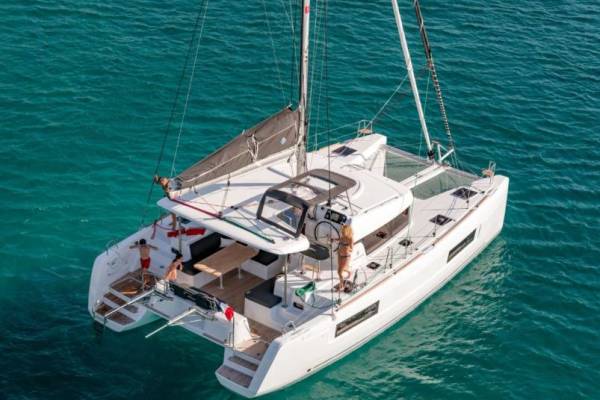 -48%
-48%
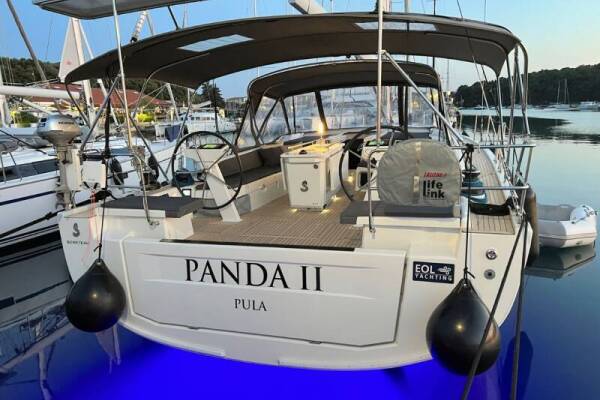 -40%
-40%
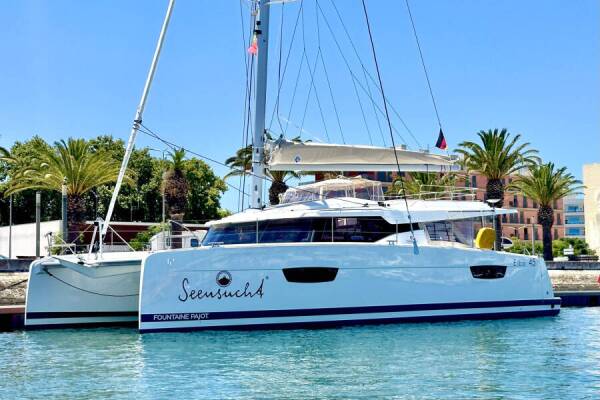 -28%
-28%
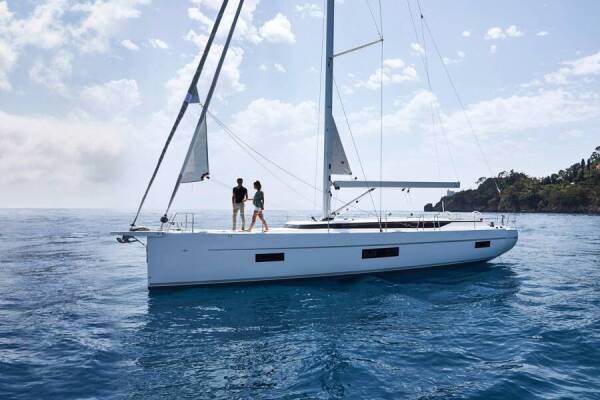 -35%
-35%
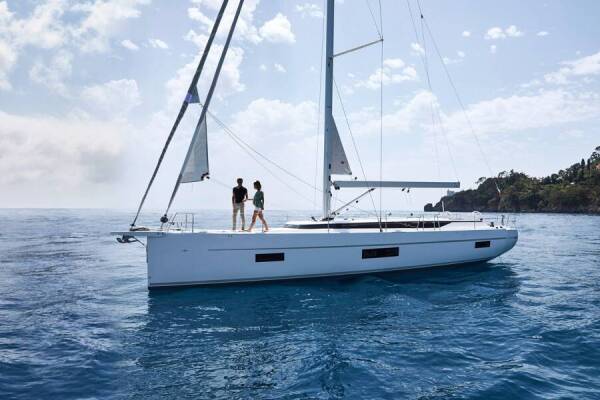 -35%
-35%
 -40%
-40%
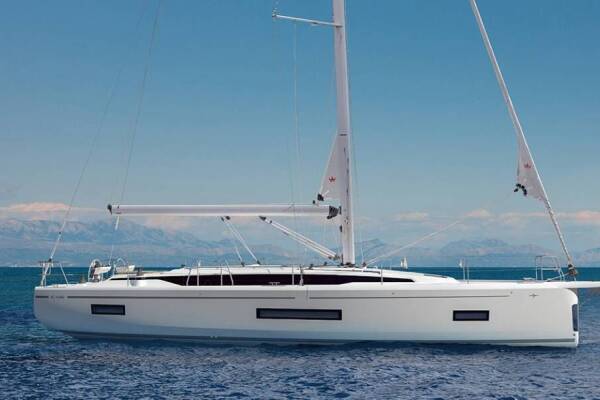 -40%
-40%
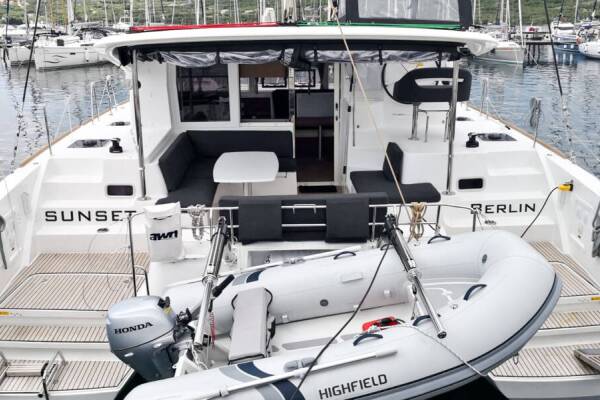 -40%
-40%
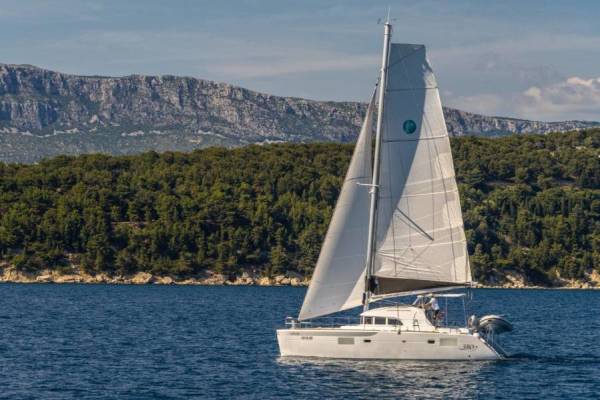 -45%
-45%
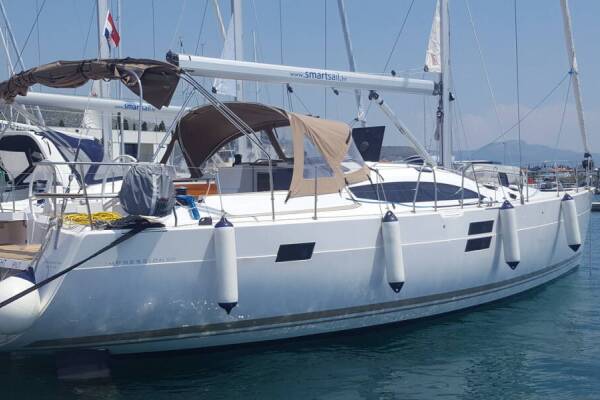 -37%
-37%
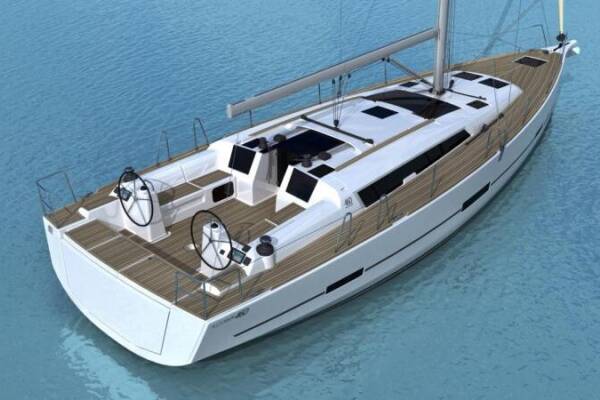 -48%
-48%
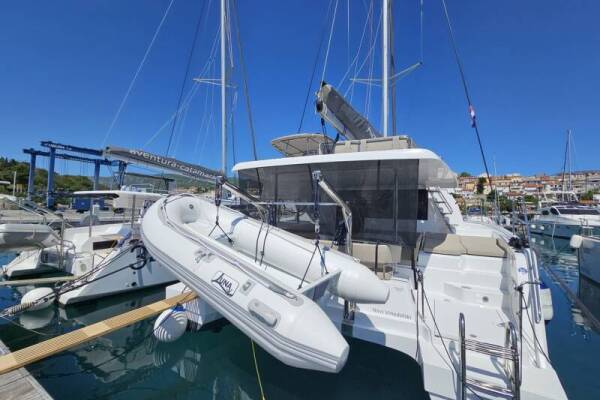 -38%
-38%
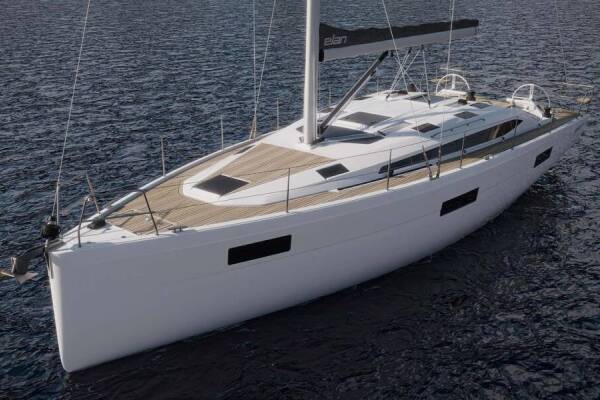 -50%
-50%
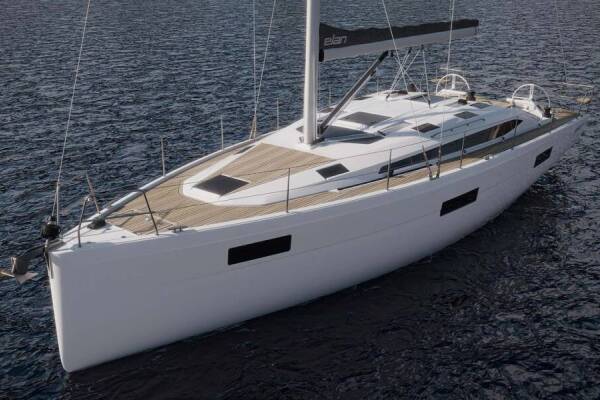 -50%
-50%
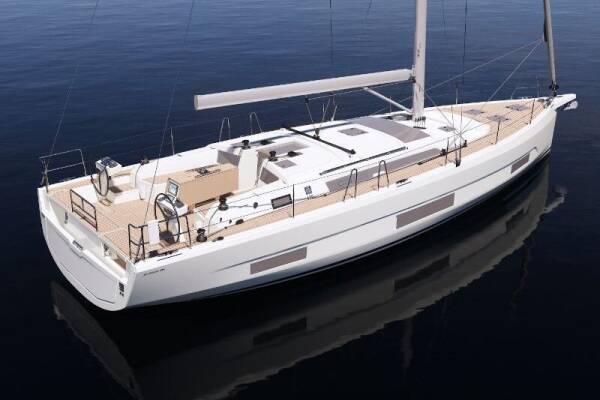 -40%
-40%
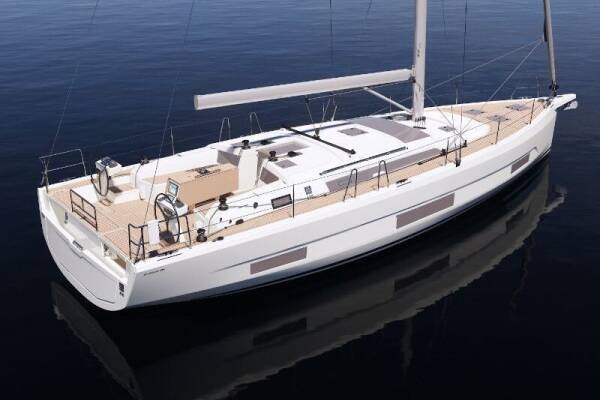 -40%
-40%
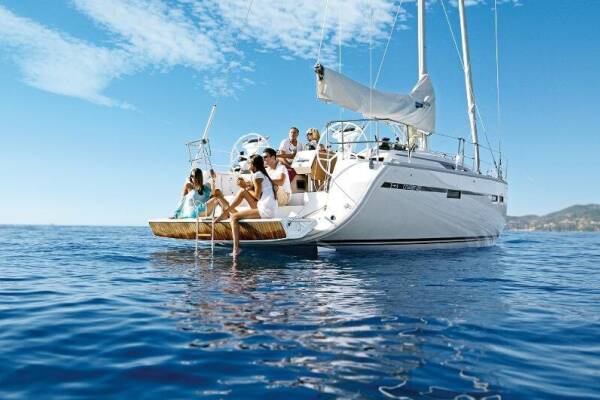 -36%
-36%
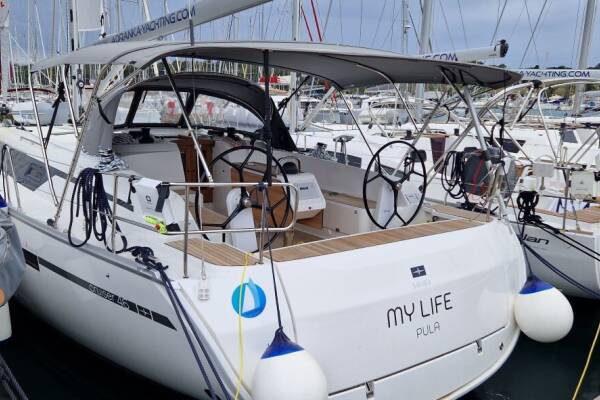 -36%
-36%
 -40%
-40%
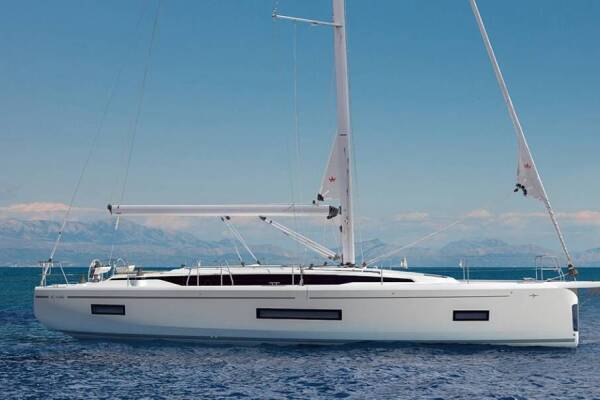 -30%
-30%
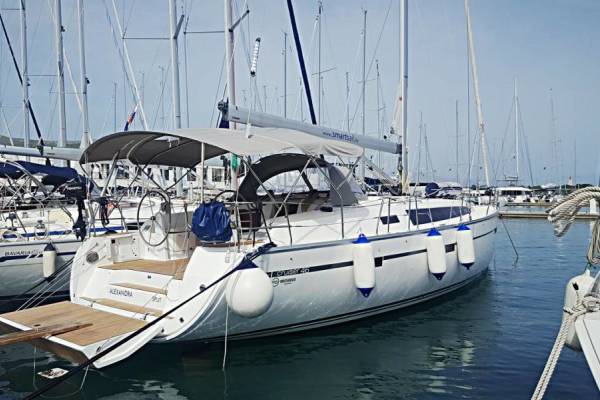 -48%
-48%
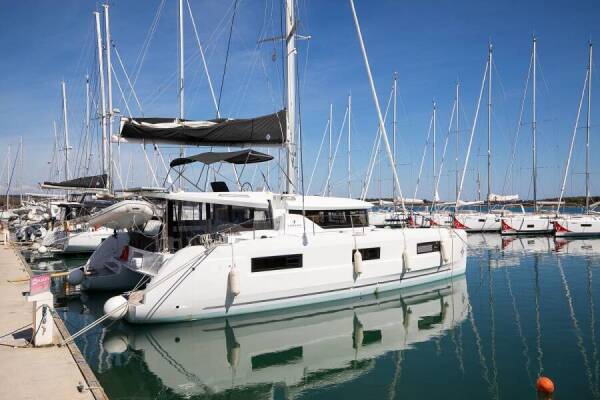 -20%
-20%
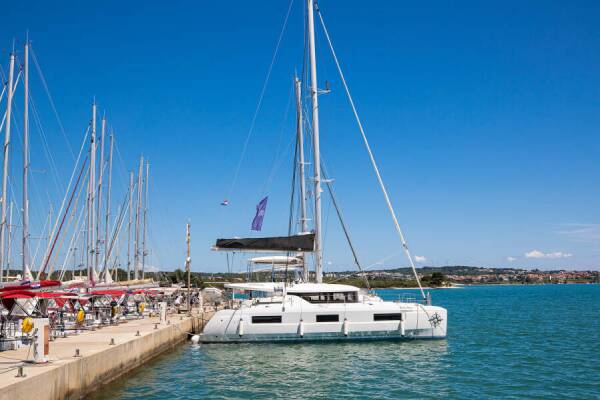 -20%
-20%
 -40%
-40%
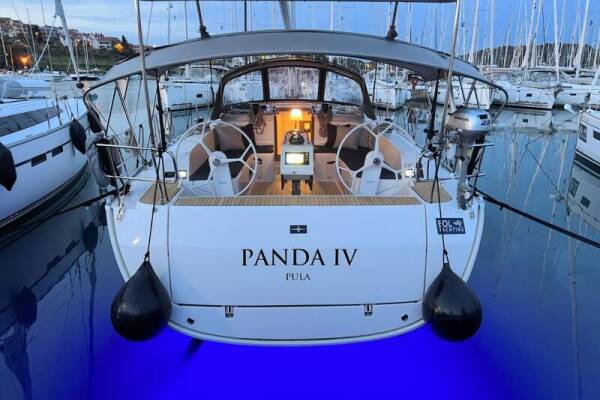 -40%
-40%
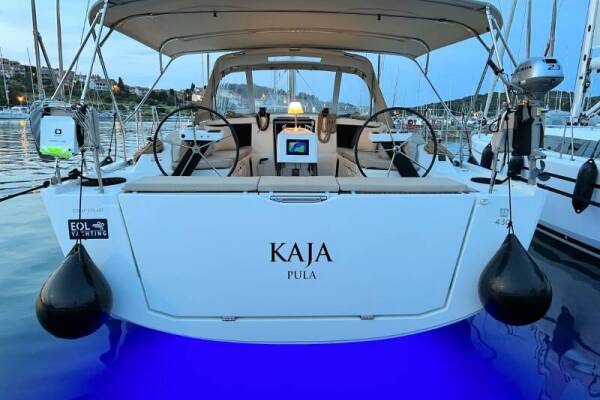 -40%
-40%
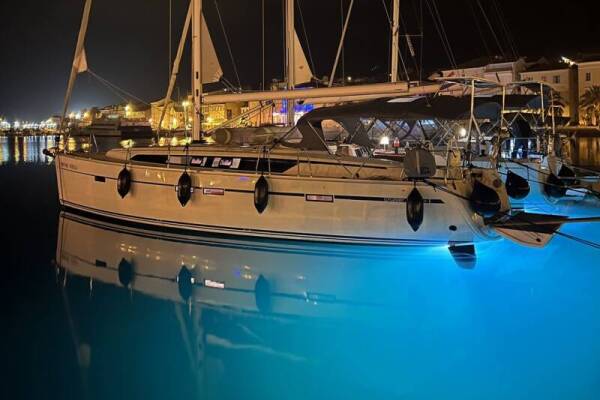 -50%
-50%
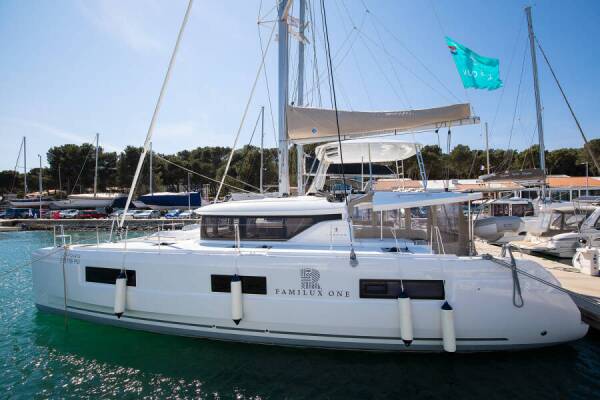 -20%
-20%
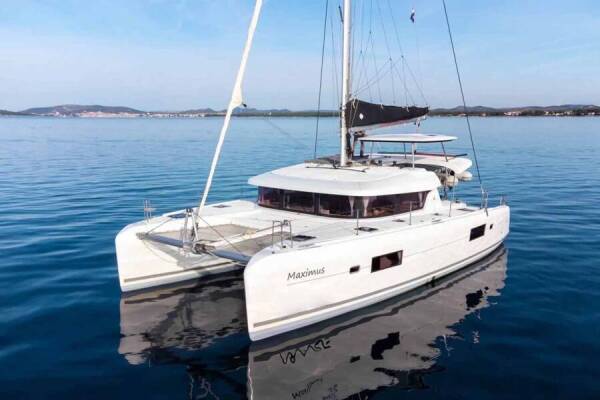 -35%
-35%
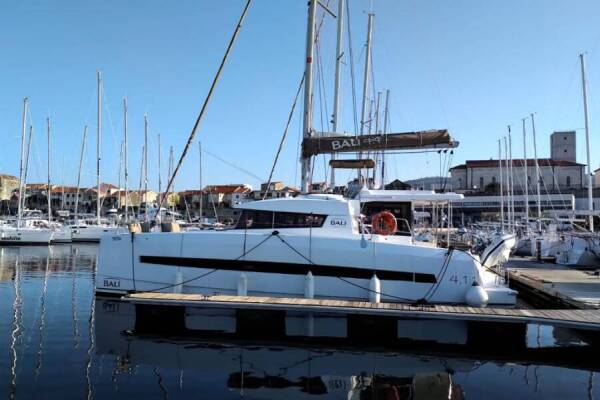 -30%
-30%
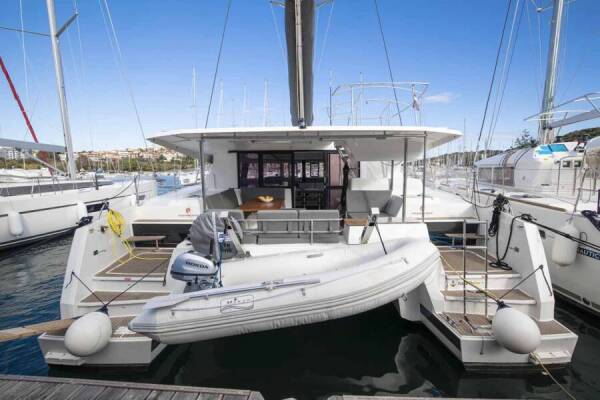 -20%
-20%
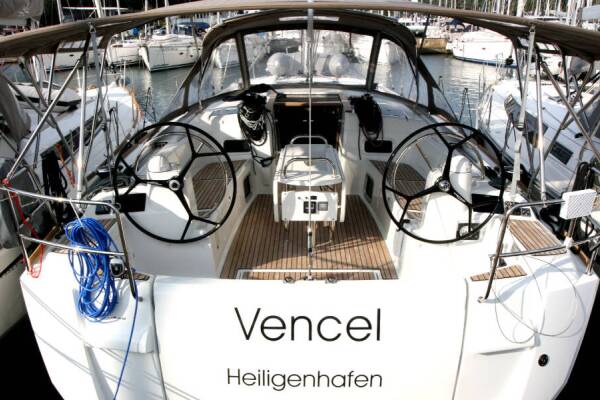 -40%
-40%
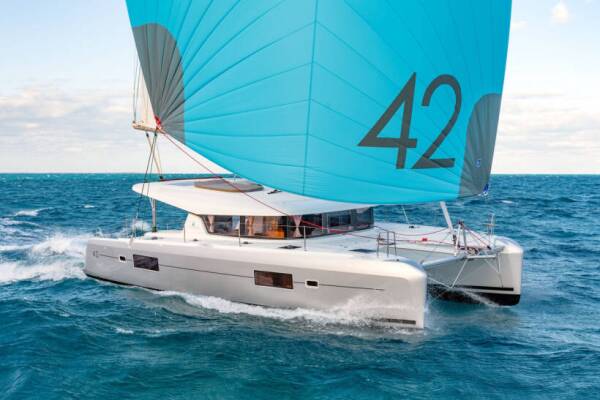 -24%
-24%
 -40%
-40%
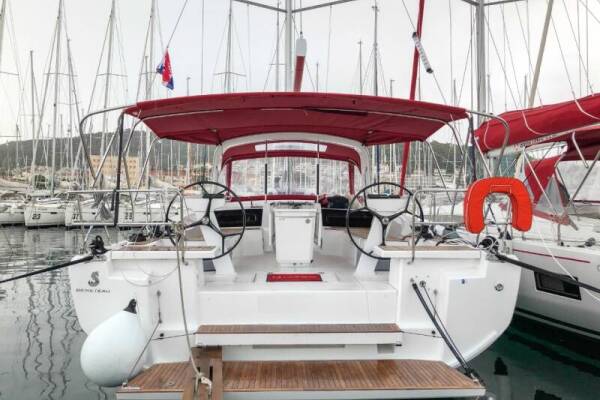 -40%
-40%
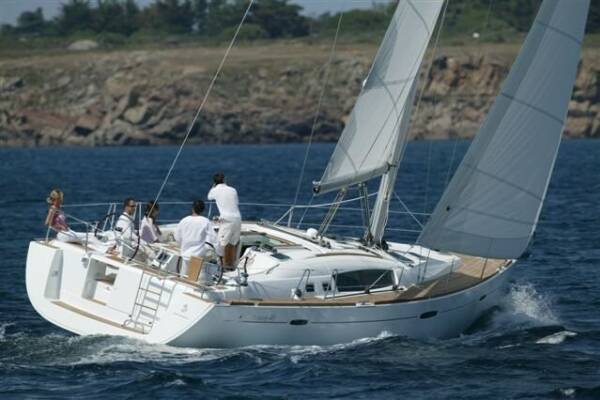 -40%
-40%
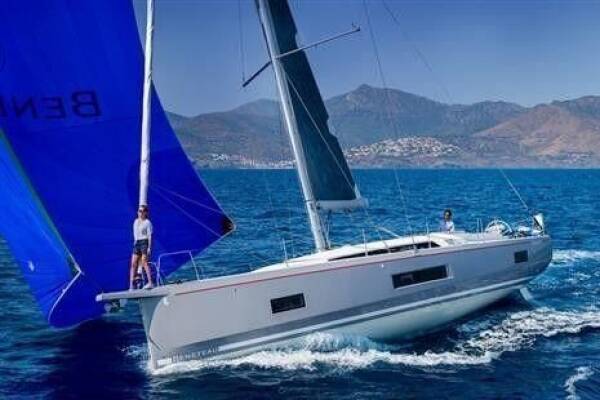 -35%
-35%
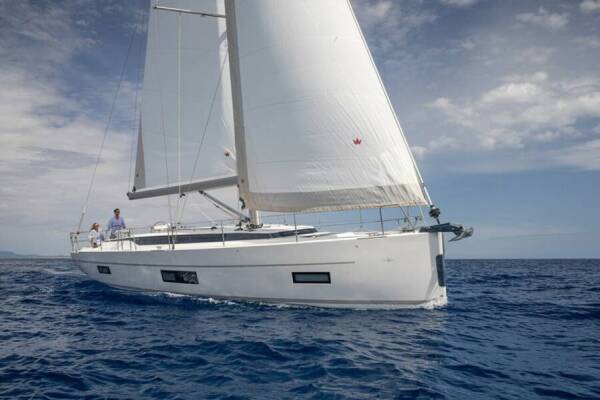 -29%
-29%
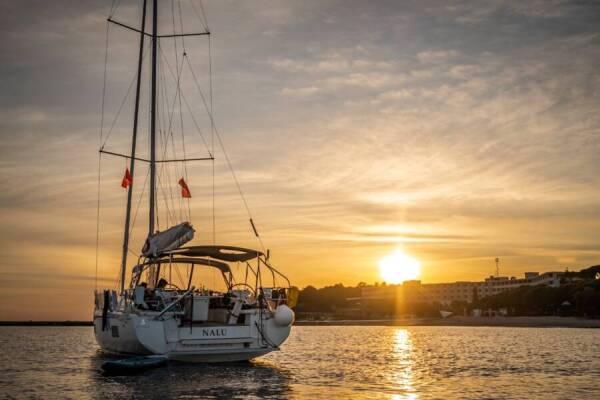 -40%
-40%
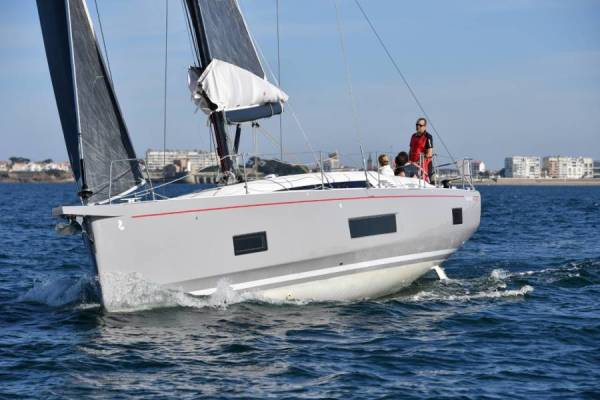 -40%
-40%
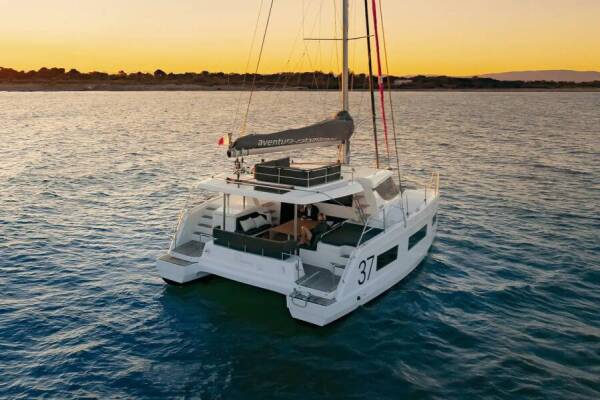 -30%
-30%
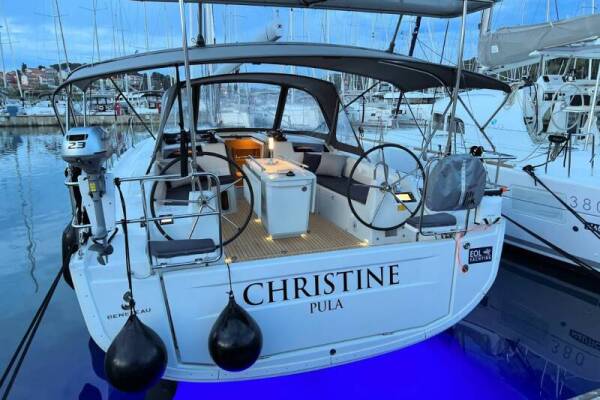 -50%
-50%
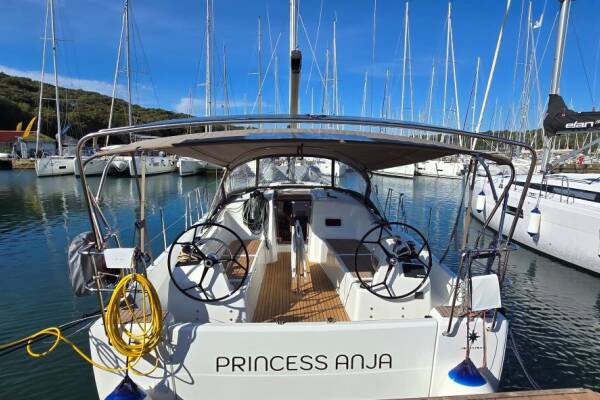 -50%
-50%
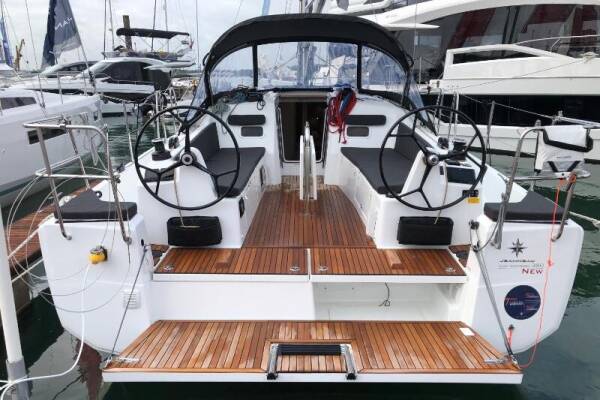 -50%
-50%
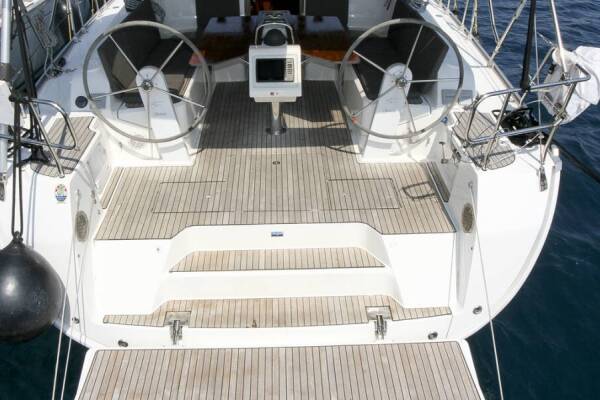 -40%
-40%
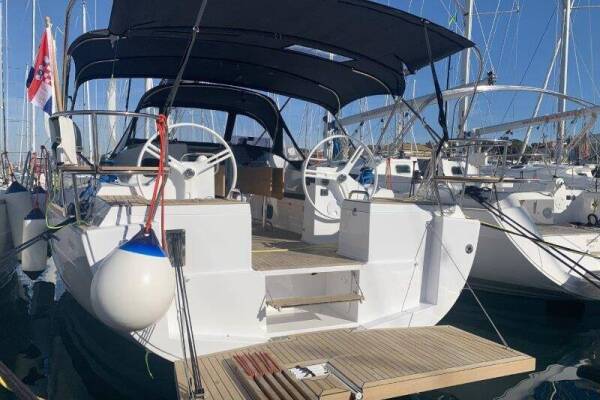 -40%
-40%
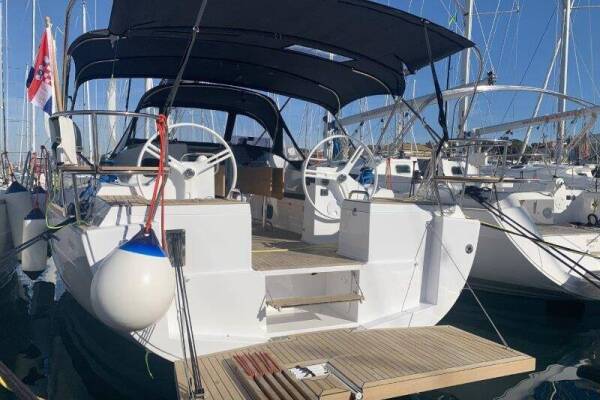 -40%
-40%
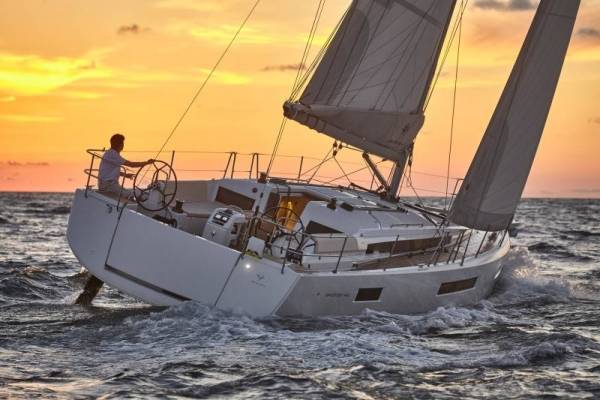 -40%
-40%
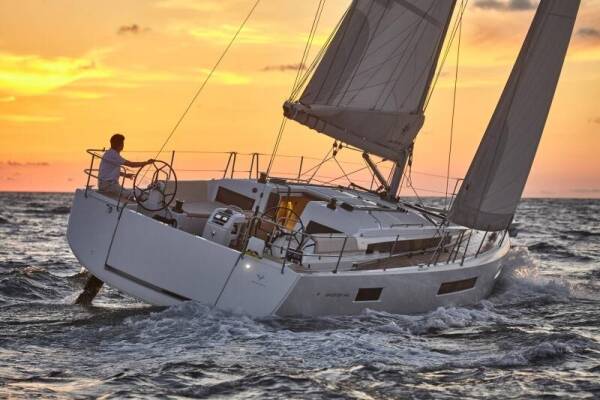 -40%
-40%
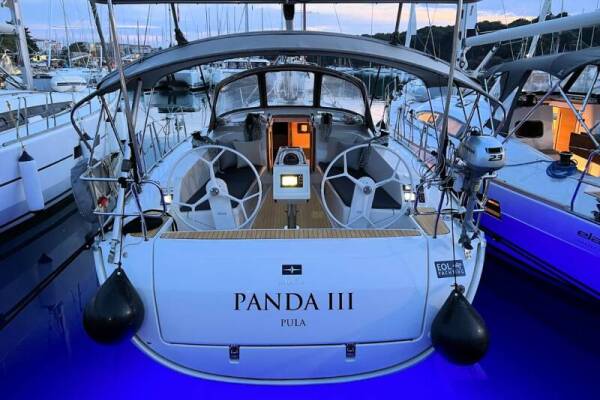 -40%
-40%